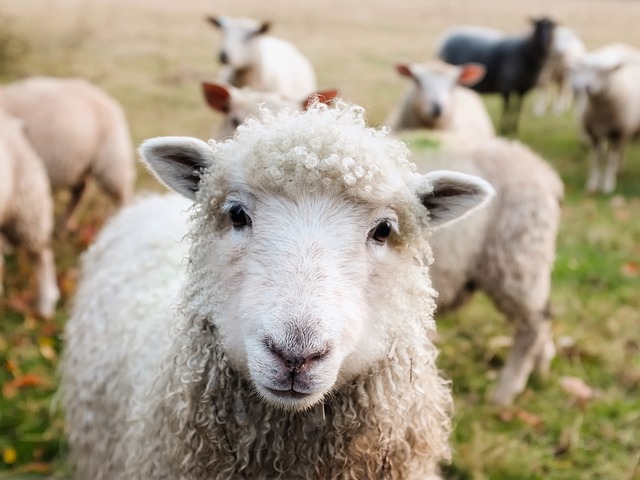Foot and Mouth Disease (FMD) is a highly contagious viral infection that affects cloven-hoofed animals, including cattle, sheep, goats, and pigs. It is a significant concern for the livestock industry worldwide due to its potential for rapid spread and the economic consequences of outbreaks. In this article, we will explore what FMD is, its impact on livestock, and strategies for prevention and management.
Understanding Foot and Mouth Disease
 FMD is caused by the FMD virus, which belongs to the Picornaviridae family. It is highly contagious and easily transmissible through direct contact, respiratory droplets, contaminated feed, equipment, and even by human carriers. The virus primarily affects the hooves, causing painful sores and lesions. While it rarely results in fatalities, the economic consequences are severe due to reduced productivity, trade restrictions, and the cost of control measures.
FMD is caused by the FMD virus, which belongs to the Picornaviridae family. It is highly contagious and easily transmissible through direct contact, respiratory droplets, contaminated feed, equipment, and even by human carriers. The virus primarily affects the hooves, causing painful sores and lesions. While it rarely results in fatalities, the economic consequences are severe due to reduced productivity, trade restrictions, and the cost of control measures.
Impact on Livestock
- Decreased Productivity: FMD-infected animals experience reduced weight gain, decreased milk production, and lower fertility, which result in significant economic losses for livestock farmers.
- Trade Disruptions: Outbreaks of FMD can lead to trade restrictions, making it challenging for affected regions to export livestock and livestock products. This has a profound impact on the economy and livelihoods of farmers.
- Control Costs: Managing FMD outbreaks is costly, requiring the culling of infected and susceptible animals, thorough disinfection of farms, and vaccination campaigns. These costs add to the economic burden.
Prevention and Control
- Vaccination: Vaccination is a crucial tool in preventing FMD. Many countries with endemic FMD use routine vaccination programs to control the spread of the virus. Vaccinated animals develop immunity, reducing the risk of infection.
- Biosecurity Measures: Strict biosecurity measures on farms are essential. This includes quarantine for new animals, disinfection protocols, restricted access to farms, and proper disposal of infected materials.
- Surveillance and Early Detection: Rapid detection of FMD is vital to controlling its spread. Regular surveillance, immediate reporting of suspected cases, and laboratory testing are essential components of early detection.
- Culling and Movement Control: In the event of an outbreak, infected and susceptible animals are often culled to prevent further transmission. Movement restrictions are imposed to contain the disease.
Global Efforts and Challenges
FMD is a global concern, and international organizations like the World Organisation for Animal Health (OIE) and the Food and Agriculture Organization (FAO) work to coordinate efforts to control and eradicate the disease. Challenges in addressing FMD include:
- Vaccination Strategies: Coordinating vaccination strategies across borders and ensuring the availability of effective vaccines can be complex.
- Variability of the Virus: FMD is caused by seven different serotypes and numerous subtypes. The virus’s variability makes vaccine development and control measures more challenging.
- Economic Impact: The economic consequences of FMD outbreaks extend beyond the immediate agricultural sector, affecting tourism, food industries, and more.
Conclusion
Foot and Mouth Disease remains a significant concern for the global livestock industry. It affects animals’ health and productivity, disrupts trade, and places a heavy economic burden on affected regions. Preventing and managing FMD requires a multi-pronged approach, including vaccination, strict biosecurity measures, early detection, and culling of infected animals. International cooperation and efforts to control the disease are essential to minimize its impact and eventually eradicate it. By prioritizing these strategies, we can work towards healthier, more resilient livestock industries worldwide. You can visit this website if you need a farm animal vet.

